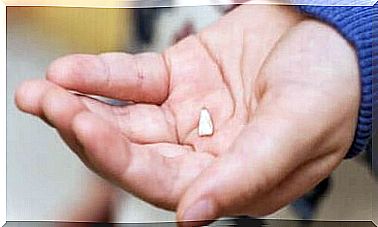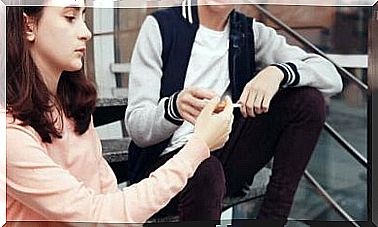The Benefits Of Creative Play For Children – Being Parents

Encouraging children to play helps stimulate their learning and development. But it is better to leave them the initiative of the game so that they can reach their full potential.
Through creative play, it is a direct interaction with their environment that allows them to learn about life.
Play, a natural phenomenon in children
From birth, children want to understand what surrounds them. They also want to be successful in what they set out to do. It is for this reason that they like to be the first in everything.
They challenge themselves to learn everything and succeed, instinctively using the trial-and-error method. This learning takes place through a biological process implanted in each of us that we call “playing”.
If children spent all of their time playing during childhood, they would be ready to face life. They would have better basic abilities to get by.
Of course, we are not talking about just any game. That does not mean that they should stand in front of a screen or follow instructions given by another person. Creative play is the best way to prepare children for success.

The importance and benefits of creative play
Numerous studies show that creative play has very positive effects.
Creative play stimulates the development of language, intelligence, and physical and social abilities. Children are biologically designed to be curious. It is for this reason that creative play must be part of their daily lives. It should even be the most important activity in their schedule.
Creative play allows children to develop their self-esteem and emotional well-being. Children must have time to be children, to play and to enjoy their world. Parents must take into account the importance of creative play so that children develop well and abandon more sedentary games, especially those played on screens.
It is even more important than academic learning. Concerned that their children do not assimilate enough academic content, parents sometimes encroach on the time devoted to play, yet necessary for children.
Parents must learn to overcome their fears and allow children to develop naturally. You have to believe in the possibilities and capacities of children.
How does the creative game work in practice?
In terms of growth and learning, the best way to play is to let the child take the initiative.
Creative play is self-guided play: the child is the protagonist of what is happening. He can choose his own rules and his way of playing. We can start the game with the children to guide them a little. Then, you have to know how to go away to let him invent their own rules.
For example, a two-year-old can build a tower with cubes, but he or she will need a little help and encouragement from an adult to feel interest and joy in the face of this activity of creation and learning. Once he has succeeded, the adult should gradually withdraw from the game. The little one will then feel the pleasure and satisfaction of creating his own game, while remaining under the watchful eyes of his parents.

When others steer the game a little too much (eg adults), the child will be more dependent on their assessment. He may have less confidence in himself. He will also be less inclined to create things on his own.
It is absolutely necessary to avoid that the child always depends on the evaluation of an adult. A little one should not measure his success by the expectations of his parents. Indeed, he could lose sight of what really interests him.
As you can see in this article, there are many benefits to creative play. It is a form of play that stimulates creativity, imagination, the development of language and centers of interest, communication, memory, concentration, skill, motor and cognitive skills, social intelligence and emotional!









